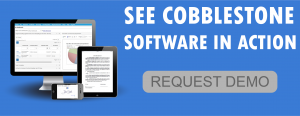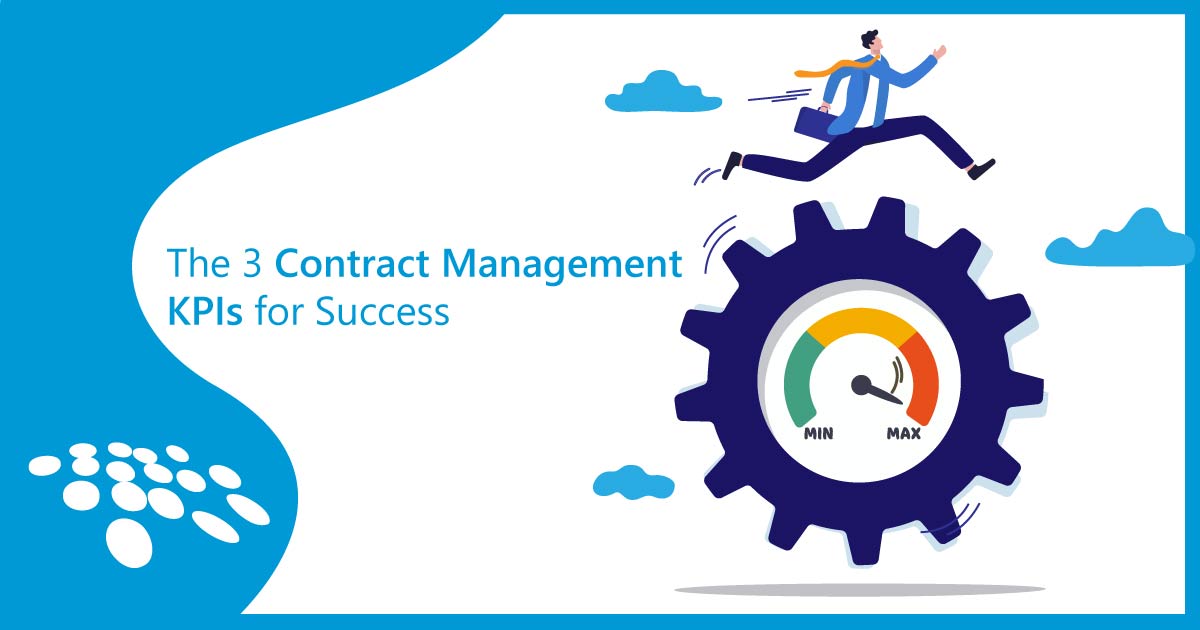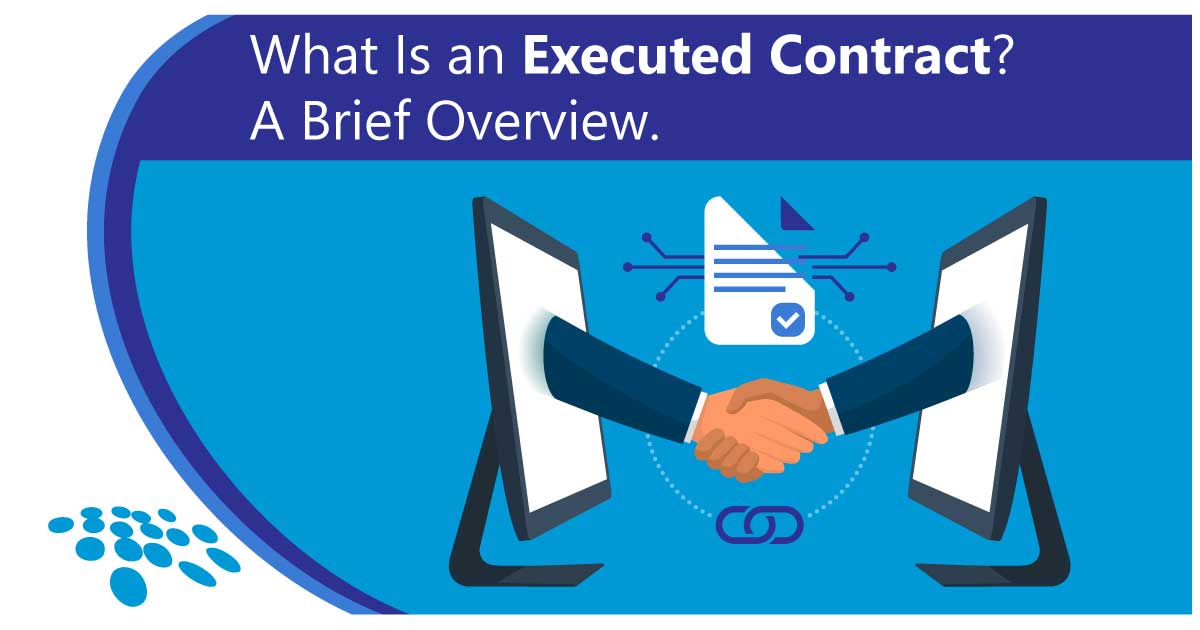A Sudden Need for Comprehensive Policy Management Software
Once the Affordable Care Act (sometimes known as ACA, PPACA, or Obamacare) was enacted in 2010, CobbleStone Software received a flux of healthcare insurance carriers requesting how to use Cobblestone’s Contract Insight™ Software to manage their healthcare insurance policies.
At the time, several healthcare and insurance companies were currently using Contract Insight™ Software to manage contracts, insurance policies, providers, and related health agreements, but the industry’s interest increased significantly once the Act was passed.
Why the influx of so many new inquiries?
Many public and private organizations saw an opportunity to issue more healthcare coverage policies to Americans, but there was a catch. They now must comply with the process defined by the Department of Health and Human Services (DHHS), including the summary of benefits, coverage documents, insurance, and more.
Are insurance carriers compliant in accordance to the new Act and state laws and regulations? How do they know they’re compliant if they’re not using a system to track and manage these policies?
Organizations acknowledged that a policy/contract management system was needed to track the overwhelming amount of insurance policies and related documents now that more insurance coverage policies were being issued.
Why Use a Contract System for Managing Healthcare Insurance Policies?
Fundamentally, an insurance coverage policy is an agreement. It’s a binding contract between the policy holder (you) and the insurance carrier (typically a large organization registered in your state).
Many existing and new insurance carriers needed a flexible contract management software system to help collect, author, issue, track, and manage insurance policies such as coverage documents, benefits, and exclusions.
Many of our clients in the Healthcare Industry are insurance and legal professionals. They issue contracts to their providers such as physicians or medical professionals providing services under the insurance agreement. They also issue insurance documents (contracts) to their policy holders such as large companies, unions, and state employees.
Insurance and legal professionals are seeking a better method of drafting, issuing, and tracking their insurance contracts and related documents. Countless hours are spent managing business partners, insurance policy terms and conditions, revenue collection, and payout to medical providers.
*Please note: This article is not written to re-state what the Affordable Care Act is, or the guidance provided by DHHS or other regulatory authorities, as this is very a complex topic. Keep in mind, I am not an attorney and CobbleStone does not offer legal advice. You should always have an attorney in your state advise your organization.
In a recent client example, a large insurance carrier, referred to as B Corp. for confidentiality purposes, needed help managing their coverage, summary of benefits documents (SBC), and provider agreements.
There were several challenges presented…
First and foremost, B Corp. needed a reliable way to track and maintain contracts and policies.
A system was needed to track relevant data fields associated with customers (insurance policy holders) and vendors (suppliers, legal professionals, physicians, nurses, surgeons, etc) such as:
- legal name
- address
- company size
- service area
- credentials
- specialty area
- and contacts
For providers and suppliers, B Corp. wanted to track:
- qualifications
- credentialing
- certifications
- specialty
- and insurance coverage
Additionally, B Corp. needed a clause library to track coverage terms, clauses, provisions, benefits, exclusions, and contract language.
They wanted to be able to set rules as to what clauses and coverage merge into a policy (insurance contract) based on policy type and business rules.
They also wanted to easily update contract and coverage documents each renewal year and/or as regulations change.
Lastly, they wanted to implement electronic signatures.
Insurance policies must be clear to the policy holder and follow the DHHS guidance format and regulations. Being that Contract Insight™ Software is completely configurable, we were able to offer B Corp. a solution that met all their needs.
How Did Contract Insight™ Software Help Track Policy Compliance?
Each step is broken into phases as we outline how to leverage out-of-the-box features of Contract Insight™ for insurance policy compliance tracking.
The Planning Stage
All contracts have similar details, but the lingo, requirements, and data fields for insurance and benefits coverage policies are somewhat unique. Plus, companies must follow regulation standards.
Each type of insurance policy (contract) is defined based on the client’s requirements. Data fields required, depending on contract type, include:
- Counterparty (policy holder, customer, supplier, provider, etc.)
- Contract type (policy, coverage doc, provider agreement, consulting, etc.)
- Term (effective and expiration dates of the coverage or agreement term)
- Department the contract belongs to
- Description
- Renewal date(s)
- Status of the agreement
- Contract or policy amounts
- and other fields, depending on the category of policy or contract.
The Agreement Stage
Determine each agreement document and prepare the template clauses required for each of the client’s policy types. Add business rules so the contract drafting system can easily include the appropriate clause, benefit, and exclusion or legal provision required based on the contract's data fields.
This is all handled via simple configuration. Once rules are defined, the system handles the rest.
The Tracking Stage
Track tasks and responsibilities by documenting and configuring the policy lifecycle.
What happens after a new contract or policy request is submitted? What tasks are included in the workflow, who is the task owner, and how many days do they have to complete each step in the process? What happens if they are absent or reject the task?
Contract Insight’s™ powerful workflows can be set up to include a specific set of orderly tasks based on policy or contract type. Assign tasks to users so things get done by the right person, at the right time, and in the right order.
The Approval Stage
The next step is to confirm the final approval of the assembled document that is produced from Contract Insight’s™ contract authoring features.
Once the document is assembled by the system, who is it sent to for signature?
In a simple organization, there may only be one or two signors. However, in a larger organization, the signing process and matrix rules may be more complex. With Contract Insight™, these rules are defined via configuration and the system can route the document for electronic signatures.
As a bonus feature, once the contract is electronically (or ink) signed, the system stores the signed contract, and associated contract documents, in a single repository for each contract record. This helps with legal discovery, management, and monitoring.
Workflows, Approvals, and Alerts
How can we be sure each step in the workflow process is documented, assigned to the appropriate personnel, performed on time, and routes to the next step when keeping track of filings, approvals, audits, payments, and other related tasks?
With Contract Insight™ Software, workflow tasks monitor the contract record and automate advanced contract alerts and reminders. This helps the right legal/risk professionals know what is needed and when.
As a bonus, CobbleStone’s VISDOM℠ AI and Machine Learning can identify patterns based on rules to alert risk and legal professionals about contracts that are outside the normal risk tolerance.
Contract Insight™ Software makes it simple to track revenue such as income received for the policy or contract. It can also track rebates based on volume. Moreover, the system offers reporting to monitor next steps, filings, and related obligations.
Lastly, Contract Insight™ integrates with other software systems like Salesforce, Oracle, Microsoft, and Adobe Sign to name a few.
Improve Your Policy Compliance Today
Insurance, legal, and risk professionals have a complex challenge with managing their contracts and obligations. This article cannot cover all aspects of their duties, but with a flexible contract software system, we can easily track data fields, create and store related policy documents, track tasks and approvals, workflows and alerts, monitor for compliance and risk, and make our legal duty of tracking insurance coverage and provider policies easier.
Contact a CobbleStone representative today to learn more about tracking health insurance policies and related contracts!




























